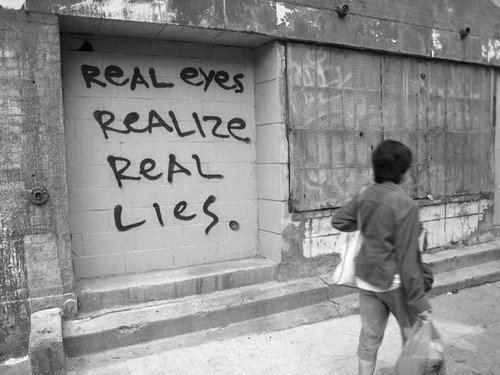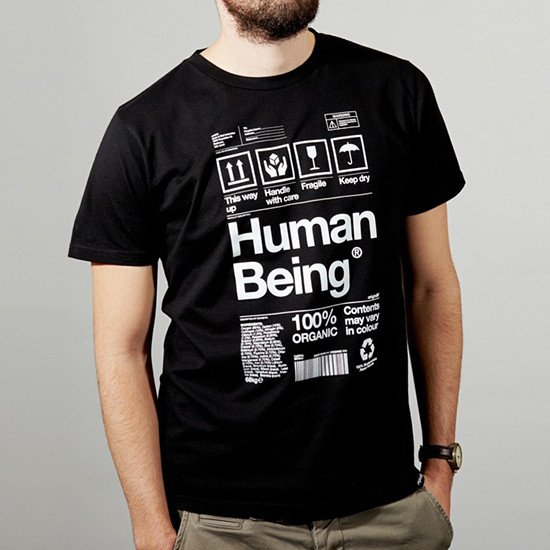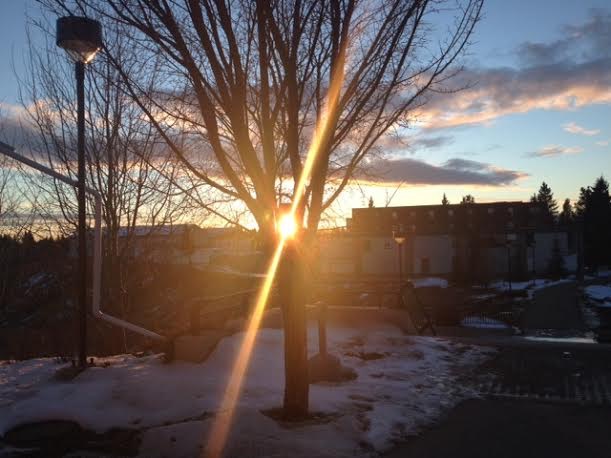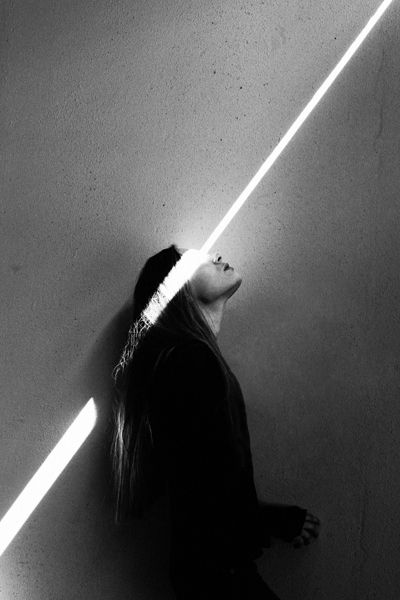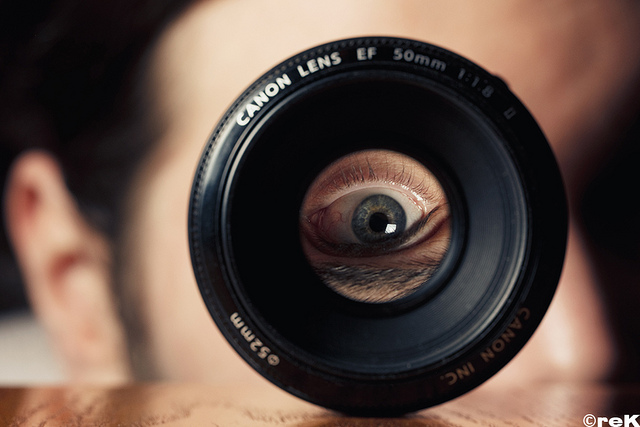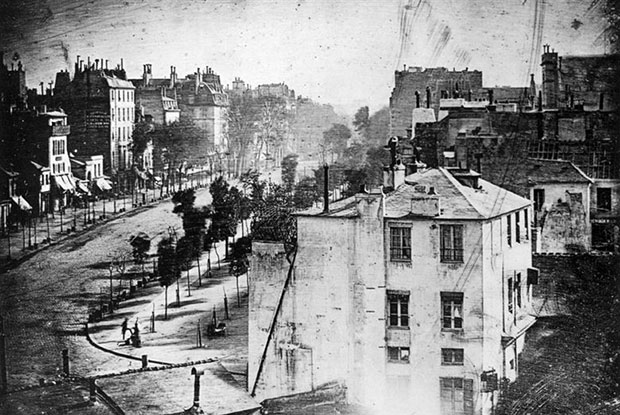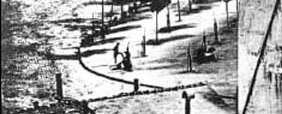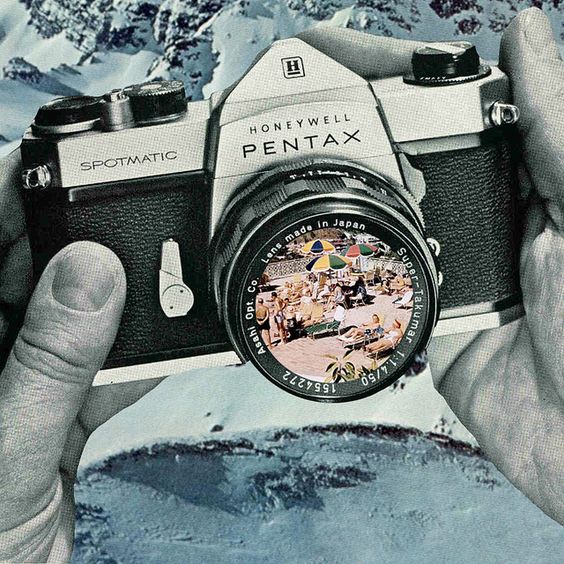Works Cited
Images
~adrian. “Alexandre Cabanel: The Birth of Venus, 1863 (gallery)” Digital Image. www.Flickriver.com. Unknown date. Web. Mar 2017. http://www.flickriver.com/photos/am/tags/venus/
Alexander Cabanel. The Birth of Venus. 1863. France. www.pinterest.com. Web. Mar 2017.
Artist Unknown. If anyone has any information regarding the photographer/artist/copyright holder of this image, please contact the author. <https://www.pinterest.com/pin/334110866095648795/>
Artist Unknown. <http://indie-edits.tumblr.com/post/137144275614/trippy-universe-see-more-here> If anyone has any information about the photographer/artist/copyright holder of this image, please contact the author.
Artist Unknown. If anyone has any information about the artist/copyright holder of this image, please contact the author. <https://mulpix.com/post/986353982508289126.html>
Artist Unknown. Woman at a Window. circa 1510-1530. Italy. www.thenationalgallery.org.uk. Web. Mar 2017. <https://www.nationalgallery.org.uk/paintings/italian-nroth-woman-at-a-window>
“Avatar: The Legend Of Korra Computer Wallpapers, Desktop Backgrounds | 1920×1080 | ID:691847.” Wallpaper Abyss. N.p., n.d. Web. 10 May 2017.
Biennale de Lyon, “Yoko Ono – Cut Piece”. Photograph. Pinterest Web. Mar 2017 <.https://www.pinterest.com/pin/332914597433142529/>
Byron Barrett, “Untitled” Flickr. Web. Date Unknown CC BY-NC-ND.
Cait Munroe. “Yoko Ono performs Cut Piece”. June 10, 2015. Digital Imagery. www.artnet.com. Web. Mar 2017. <https://news.artnet.com/art-world/peaches-yoko-cut-piece-306774>
Cory Godbey. Fox River Holiday. 2012. Godbey, corygodbey.com. Web. Mar 4 2017. <.http://corygodbey.com/>
Cory Godbey. The Gryphon March. 2013. Godbey, corygodbey.com. Web. Mar 2017. <http://corygodbey.com/>
Cory Godbey. The Wanderings. 2015. Godbey, corygodbey.com. Web. Mar 2017. <https://corygodbey.com/>
Cory Godbey, The Walking Hill. 2011. Godbey, corygodbey.com. Web. Mar 2017.<http://corygodbey.com/>
Cory Godbey. The Gryphon March. 2013. Godbey, corygodbey.com. Web. Mar 2017. <http://corygodbey.com/>
“Glitch in the matrix.” Dump A Day. N.p., n.d. Web. 10 May 2017.
Gonsalves, Rob. “Arboreal Office » Rob Gonsalves » Marcus Ashley Gallery.” Marcus Ashley Gallery. N.p., n.d. Web. 10 May 2017.
Henry Faber, “Glitch Munch, October 28, 2010. Digital Imagery. Flickr. Web. May 2017 .https://www.flickr.com/photos/henryfaber/5124158626/in/photolist-7u31AU-7u31AE-7sUJRk-hYY6rS-hYYQdR-hYY6uY-RFZYL9-MDnkRJ-8NNDQw-snucJs-73E6BZ
Illustration entitled “Boy in Darkness” by Mervyn Peake from his book, “Ride a Cock-Horse and other Nursery Rhymes” , 1940. https://www.britannica.com/biography/Mervyn-Peake
Inside.Playdead. June 29, 2016. Digital Imagery. Pinterest. Web. May 2017.
Jason Chu, “Blackwood Reader”, Ink on Black Paper. Augustana, 2017.
Jason Chu, “Stranded”, Ink on Black Paper. Augustana, 2017.
Jason Chu, “Tranquility”, Ink on Black Paper. Augustana, 2017.
Jason Chu. “Wanderings” Augustana, 2017.
Jonathan Lichtfeld. Summer, Where Art Thou? Digital Imagery. Pinterest. Date of posting unknown. Web. Mar 2017. <https://gr.pinterest.com/pin/128282289366992611?>
Julie Baumgardner, “Yoko Ono” August 4, 2015. Photograph. www.artsy.net, Web. Mar 2017. <https://www.artsy.net/article/artsy-editorial-iconic-artists-and-movements-of-the-1960s
katybourne. Image Untitled. November 1, 2014. Digital Imagery. Flickr. Web. May 2017. https://www.flickr.com/photos/bedouindress/15063967394/in/photolist-oX9LFL-D7RRg-aFbaff-gX4eg6-dpsZUc-dptk2E-dMKrzL-pAh5DE-pvrgUC-cP5ASm-U6A5ZW-7Y2JQa-dptaa9-eNCEy6-dptoyb-dMKrAQ-7NxfTb-dptmMG-dMKrBj-dDjZvm-n7vtWo-fPbFQf-7Y5ZZL-bzND4x-bN2KqR-o31x6u-e2R9iN-bmTNRG-T9NXtG-67d3VG-5UnCDC-7NtgEn-ebziiz-HjZSiv-bB7xWn-7Y2KQM-fadhG9-dCgfqF-qYU43g-pUW5qb-eF7yNh-fNU8Lk-dKXGHv-dptkKc-cVgR5S-e8Wzct-9djdMN-ca2uqh-dpt73B-53rYB4
Laine, Michelle. “Security Check Required.” Pinterest. N.p., 26 Jan. 2016. Web. 10 May 2017.
Leiva, Kevin. “Dibujos.” Pinterest. N.p., 18 Sept. 2015. Web. 10 May 2017.
Lewis, Luke. “32 Times Video Games Made Absolutely No Sense.” BuzzFeed. N.p., n.d. Web. 10 May 2017.
Lisa Vaughan-Farrell. A personal photo taken of the sunset. Augustana Campus, U of A. 2017
Louis Jacques-Mande Daguerre. Boulevard du Temple 1838 or 1839. Paris. Web. Mar 2017.<http://www.alistairscott.com/daguerre/>
Louis Jacques-Mande Daguerre. Boulevard du Temple 1838 or 1839. Paris. Web. Mar 2017. [Up-close shot of the shoeshiner and their customer]. <http://www.alistairscott.com/daguerre/>
Lynne Hand. “Oculus Rift Speech”. Digital Imagery. Flickr. November 9, 2014. Web. May 2017. https://www.flickr.com/photos/your_teacher/15562360219/in/photolist-pHcavv-oFDRNp-osezQK-eWvkzc-oRfDrQ-nVEozZ-jhtTpH-qTeWxg-qXBe2u-rfb7xk-qiaadG-qink7e-gwd4vC-gup34G-mN81mB-eWcLCo-eXVjJW-qJPZEL-gwdiAF-qXA9jy-hQ2PJU-rg3ktz-kPWEmS-pNPYrc-pHekwN-qUsg1E-sDWTRo-vqdfLH-vq5RYU-rx85VZ-uKPdCx-eWGJUA-vq5RWu-uKDJRQ-ejAfFm-mcz3g5-rFJgNB-rKg81Q-tf3cQV-fGZz79-oMtEUq-fxKK7L-jxuxiv-spFK7W-mJwqCQ-jDsP5g-fHFcVr-eHZcA2-fzr983-reb2gg
Mervyn Peake. Alice Climbing Through the Looking Glass. circa 1945. Pinterest. Web. Mar 2017. <https://www.pinterest.com/pin/377317275003099926/>
Miki Sato. Late into the Night. Digital Imagery. Date Unknown. Web. Mar 2017. <https://www.flickr.com/photos/mikisatoillustration/10748228636/>
monkie magazine. “The Flaneur – monkie.05.flaneur.1” (illustrator: George Tsioukis) Flickr. October 1, 2008. Web. May 2017. <https://www.flickr.com/photos/monkiemag/2905894020/in/photolist-5qMt43-nSMbRh-nSUgPu-5qH8LB-5HjMWL-eiTinS-eBvQeZ-efJfUm-fMiBhu-efJfpo-eug5VC-gMNRJd-kE6UYE-bCXKAq-eBygEC-r7tfg4-nUY6vT-fGRpLi-k7zXNT-4ksD1c-efJf95-94QJzy-a7uFsr-tVX2UR-9JtM77-uAkBEQ-4r1jrp-hWvi9V-fH8YvE-jSrSqt-eHRNZC-fMiASj-eHRPgS-m4XSap-mMpKzy-ah4e9U-gMNTAj-kTHiDk-foFKbS-f5q6TL-aAY7LK-hJPiN7-aAY7QP-J3Z4X-hJNqbt-n7bYqr-eNZMGp-eByhQy-kuPcBt-jmKaPL>
Murillo, Bartoleme Esteban. Two Woman at a Window. circa 1660. Spain. Painting, Web. www.nga.gov Mar 2017.<https://www.nga.gov/content/ngaweb/Collection/art-object-page.1185.html>
Nan Palmero. “Oculus Rift Driver”. March 14, 2015. Digital Imagery. Flickr. Web. May 2017. https://www.flickr.com/photos/nanpalmero/16858510411/in/photolist-qUsg1E-rx85VZ-kUAvup-qJPZEL-oTov8v-oTnW2d-o3DZ3n-rFJgNB-oMtEUq-jDsP5g-qUsqAw-ox9xiA-riz3TM-ov9u5h-pencZT-oWS4dH-rf5hWf-ofFEDV-mwhPNt-qKaJBj-ojQTEp-qXBe2u-rQ33GM-rxJuwq-haFiqp-rfb7xk-oxbkVe-qiaadG-qink7e-kUAvFg-eWvkzc-qTeWxg-ofGpXB-haF8H8-oMvrvF-haDY6M-iGTNcL-eWcLCo-haF9bc-eWGJUA-qXA9jy-iVavEz-haDVrh-pencrt-pe6naz-QSc4Tg-jbPGJT-mJUvhK-qXHbwB-jsPeY3
Photograph of Angelina Jolie and four out of her six kids. Photographed by Annie Leibovitz, Vogue. November 2015. <http://www.vogue.com/slideshow/angelina-jolie-brad-pitt-kids-november-cover-2015#1>
Ray Weitzenberg. “Glitch”. October 27, 2010. Digital Image. Flickr. Web. May 2017. <https://www.flickr.com/photos/lightwerk/5121808083/in/photolist-8NAB6V-a41Uex-kPwPb-JAFQdB-3X5hRz-9DSGMx-cSXszh-dDjZRb-e8Drq-3rtFWB-8NABee-9AVYRL-8NDGPE-86Smcu-7mQL1U-sE9WLd-a5pWXK-nyBxCG-8NDGRf-8NDGLw-Sg4Si9-75bbfW-5655Kq-4rbBYZ-8P9WQh-9LV8YX-4BAJsG-5iH2h3-nM1fNu-4wiTtE-oX9LFL-D7RRg-aFbaff-gX4eg6-dpsZUc-dptk2E-dMKrzL-pAh5DE-pvrgUC-cP5ASm-U6A5ZW-7Y2JQa-dptaa9-eNCEy6-dptoyb-dMKrAQ-7NxfTb-dptmMG-dMKrBj-dDjZvm>
r.e. Kittson. “TTL” January 25, 2013. Digital Image. Flickr. Web. May 2017. <https://www.flickr.com/photos/rekittson/8417320595/in/photolist-dPNYaa-a5VmsQ-jatVHd-C12RA-crTVbG-r8ZneP-9SQo8Z-n14UB4-3MTEN7-sNCFk-33wTNk-9GSDCq-jiX3ds-9zu9aq-akQza5-9AmVCD-fE76kJ-nAM1UT-9hA1ni-8DJ7DK-2jmuoP-7Yt8ra-8uTfj7-b3W4Dg-mMxAaB-7BpVUi-9u79VD-6E2HF7-8N1iMy-nuEToz-7Yt8dV-8eG1QS-7qEYGF-c7kKRu-pDsRSS-4MTGz-R42n4S-ahhUSA-nq4L9P-bRWXQv-bD3ePf-qbPGME-7Yt8na-4Zauut-nhVVza-892jMJ-9iAvis-rPVgHk-9cFQTK-r7U5T>
“Real Eyes Realize Real Lies. ” Artist Unknown. <https://9gag.com/gag/96371/real-eyes-realize-real-lies>
ReligiousGamersCh. “Dead Space 2: All Hallucinations.” YouTube. YouTube, 20 Jan. 2013. Web. 10 May 2017.
ReligiousGamersCh. “Dead Space 2: All Hallucinations.” YouTube. YouTube, 20 Jan. 2013. Web. 10 May 2017.
Robert S. Neuman Ship to Paradise – 2 1977. www.bates.edu. Web. Mar 2017. <http://www.bates.edu/museum/exhibitions/past-exhibitions/2013y/ship-to-paradise/#>
Scott Mutter. Untitled (Escalator). Date Unknown. www.photographymuseum.com. Web. Mar 2017. Caption: “I’m a pilgrim on the edge, on the edge of my perception. We are travellers on the edge, we are always at the edge of our perceptions.” <http://www.photographymuseum.com/mutter/scottmutterNewGallery.html>
Sergey, Galyonkin “Anna Bashmakova and Oculus Rift”. Digital Imagery. Flickr. October 9, 2013. Web. May 2017. https://www.flickr.com/photos/sergesegal/10166365646/in/photolist-e6QuGT-gunhjj-nzNADt-q1Jv1X-q1Auy3-fjsVeP-o3DZ3n-q1JuRD-fv8BUy-rPb5tY-fuTjfD-eQMVC3-oTov8v-myajoY-oTnW2d-eQMYhy-j5au81-gwcD7s-sDWGdd-osenHE-qZ6vJh-oJHVq2-oJHYXT-ose9QN-oJsdyP-oJs6YV-oJHSov-guoHCn-oJJ1d8-ojQTEp-oseei5-j59cBr-osevzG-oJG4Tq-osebPh-oJs9f8-oseoHW-oGG8vm-fp3JPt-nAF2fQ-oGG18L-pHcavv-oFDRNp-osezQK-eWvkzc-oRfDrQ-nVEozZ-jhtTpH-qTeWxg-qXBe2u
Surici, “Why Can’t You See Them Anymore”. May 1, 2015. Digital Imagery. Flickr. Web. May 2017. <https://www.flickr.com/photos/ivy_surici/17308424986/in/photolist-7u31AU-7u31AE-7sUJRk-hYY6rS-hYYQdR-hYY6uY-RFZYL9-MDnkRJ-8NNDQw-snucJs-73E6BZ>
T-shirt entitled “Human Being” from Origin 68 – A sustainable design store. <https://origin68.com/products/humanbeingblack?variant=6438238405>
Tebe Interesno. Title Unknown. Date Unknown. Digital Image. Web. Mar 2017. <tebe-interesno.livejournal.com>
Torley, “Remember the day you deleted your last memory of her face?” September 30, 2014. Digital Imagery. Flickr. Web. May 2017. https://www.flickr.com/photos/torley/15384287776/in/photolist-prsuLY-SSpnNs-52ksCr-SFShvr-rdn6m6-sE9WLd-qGcsNG-iY9AFi-DySLpp-bYuesh-63xeL-evcscu-a3xvTT-o4Jbw8-ei6A76-ei6x7F-a8pUT-eqhegc-nrieos-nmWc9C-6DWf9k-aeeRcA-a7XzWj-fsje4t-qs32i8-nMeXXW-rcjyyJ-pvz8pz-5iGD23-aMxqkk-oaxSht-i9Y9Lf-37rrLk-a5mg1e-51NqNC-ooAWZh-dCmCNA-emUjxL-aH2Ngt-bmcxHK-egwuN1-o6cuWr-7dsJof-Jj8SNL-pN6RKJ-qLupXd-sZn5jE-7hSu7G-eFGbun-6a5iQL
Watkins, Hannah. “Adam Ferriss – Pixel Plays.” WGSN Insider. WGSN, 07 Jan. 2014. Web. 10 May 2017.
Articles
Azzarello, Nina. “Cal Redback Manipulates Human + Nature into Hybrid Botanical Bodies” designboom | architecture & design magazine, <http://www.designboom.com/art/cal-redback-photo-manipulation-human-nature-02-23-20015/>. Accessed April 2017.
Fry, Roger. “The French Post-Impressionists” (1912). Visions and Design. London: Catto & Windus, 1920. p. 156-7.
Hoggins, Tom. “Playdead’s Inside is fiercely intelligent, exquisitely grotesque – and one of the best video games of the year .” The Telegraph. Telegraph Media Group, 30 June 2016. Web. 10 May 2017.
Imgur. “How do you kill?” Imgur. N.p., 11 Apr. 2017. Web. 10 May 2017.
Kohler, Chris. “Inside‘s Tense Horror Is a Worthy Successor to Limbo.” Wired. Conde Nast, 28 June 2016. Web. May 2017. <https://www.wired.com/2016/06/inside-review/>
Tamburro, Paul. “Inside’s Ending Explained: Our Theory On The Limbo Sequel’s Brain-Bending Conclusion”. CraveOnline. July 1, 2016. Web. May 2017. <www.craveonline.ca/entertainment/1005759-insides-ending-explained-theory-limbo-sequels-brain-bending-conclusion>
Quotes
Gaiman, Neil. “Make Good Art”, 17 May. 2012, University of the Arts, Philadelphia. Keynote Speech. <https://www.youtube.com/watch?v=ikAb-NYksel> Uploaded by Peter Shev [Youtube user] on May 23, 2012. Web. Mar 2017.
Lawrence, Beatrice. “Gender Analysis: Gender and Method in Biblical Study.” Method Matters: Essays on the Interpretation of the Hebrew Bible in Honour of David L. Peterson, edited by Joel M. LeMon and Kent Harold Richards. Society of Biblical Literature, 2001, pp. 333-346.
Videos
Ashwin singh [Youtube user],”WE ACCEPT THE REALITY OF THE WORLD WITH WHICH WE ARE PRESENTED” 01:00, posted 16 Mar, 2013. <https://www.youtbe.com/watch?v=-bLyjGH4ZAE>
Bouchard, Marissa. A Visit: A Short Film. November 2016. Owned by Marissa Bouchard, Augustana. Video via Vimeo. Web. April 2017.
Castillon, Neels “A Bird Ballet” Vimeo. https://vimeo.com/58291553
CRB [Youtube user] “10 Insane Glitches that Actually Make Video Games Better”. Jan 31, 2017. 07:00. Youtube. Web. May 2017. <https://www.youtube.com/watch?v=D8bCcTjcGP0>
Curtis, Adam. “HyperNormalisation.” Vimeo, uploaded by Adam Bhala Lough, January 2017. https://vimeo.com/191817381
Godbey, Cory. “Le Cadeau du Temps.” Vimeo. N.p., May 2011. Web. 10 May 2017. <https://vimeo.com/4621529>
Jacksepticeye. “I AM GOD HERE | Universim #1.” YouTube. YouTube, 24 Mar. 2017. Web. 10 May 2017.
markiplier [Youtube user], “STORE CLERK BLUES | Job Simulator – VIVE” Youtube video, 22:00, posted on April 25, 2016, https://www.youtube.com/watch?v=lwvnT3AQcRM
Nerdwriter 1 [Youtube user] “Ansel Adams: Photography with Intention” Youtube, uploaded by Evan Puschak (nerdwriter1) on March 16, 2016. <https://www.youtube.com/watch?v=7zcancgfDVg>
Nerdwriter 1 [Youtube user] “Atemporality: Our Relationship to History Has Changed” Youtube. Uploaded by Evan Puschak (nerdwriter1) on August 5, 2015. https://www.youtube.com/watch?v=ZAv5EKvRrco
Nerdwriter1. “How Art Can Transform The Internet.” YouTube. YouTube, 06 Jan. 2016. Web. 10 May 2017.
Nerdwriter1 [Youtube user] “The Unique Art of Video Games.” YouTube. YouTube, 13 June 2014. Web. 10 May 2017.
Ridgewell, Thomas. “…in the remaining parallel universes: Meanwhile 3” Youtube, uploaded by Thomas Ridgewell, December 14, 2014. <https://www.youtube.com/watch?v=DWM8g59Pkm4>
Thugnotes. “Are We Living in a Simulation? – 8-Bit Philosophy.” YouTube. YouTube, 31 Jan. 2017. Web. 10 May 2017.
Thugnotes. “What is Real? (Plato’s Allegory of the Cave) – 8-Bit Philosophy.” YouTube. YouTube, 27 Apr. 2014. Web. 10 May 2017.
WIRED, “Oculus Rift: The Age of VR Has Begun”, video via WIRED posted 28 Mar. 2016. Web. Mar 2017. <https://www.wried.com/2016/03/oculus-rift-review-virtual-reality/>
Yoko Ono, Cut Piece. 1965. Posted on Youtube by vbethany [Youtube user] on February, 28 2013. 08:00. Web. Mar 2017. <https://www.youtube.com/watch?v=lYJ3dPwa2tl>

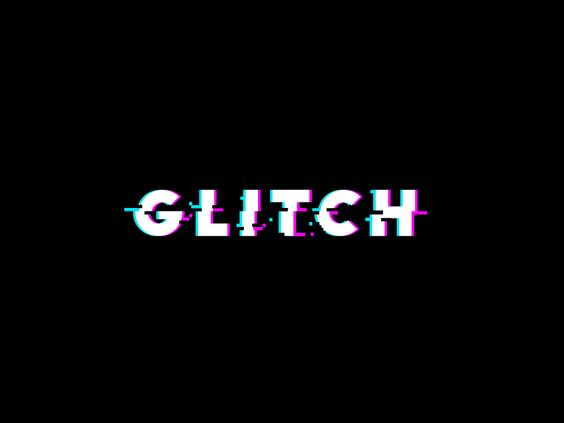
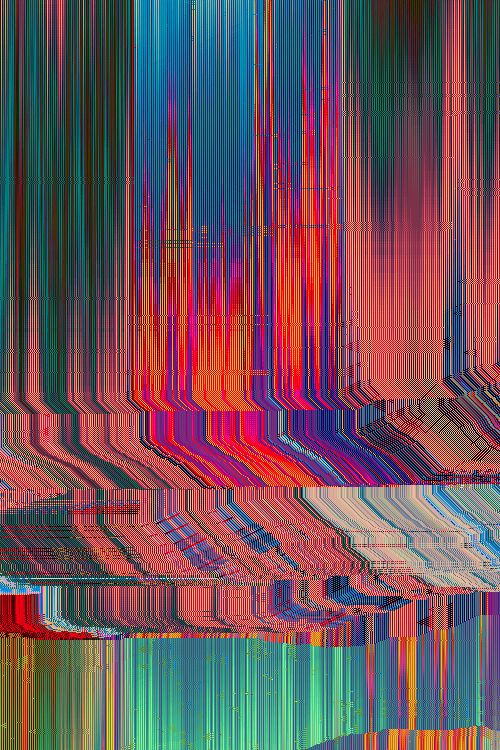

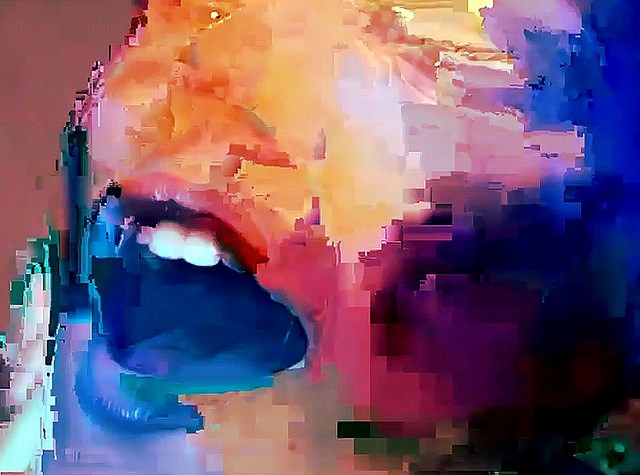
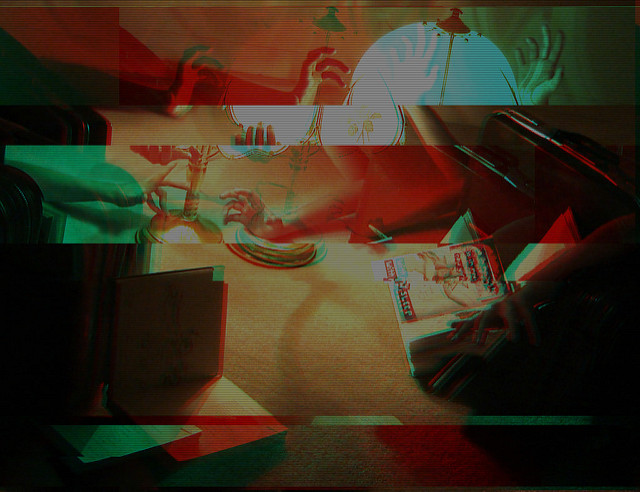
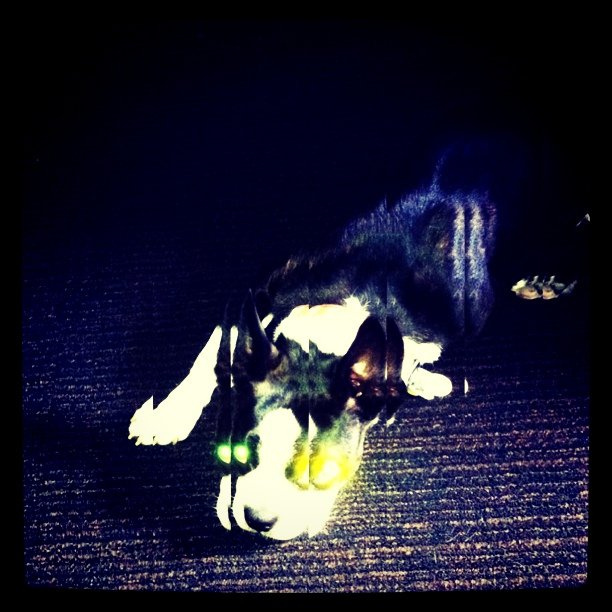
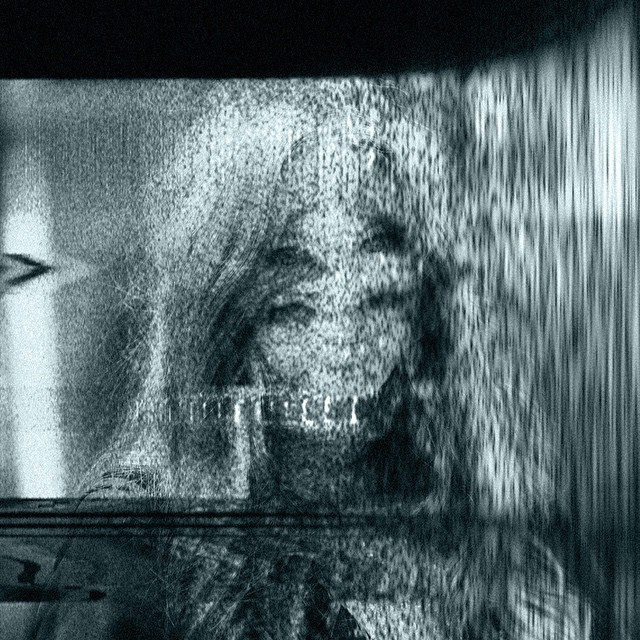


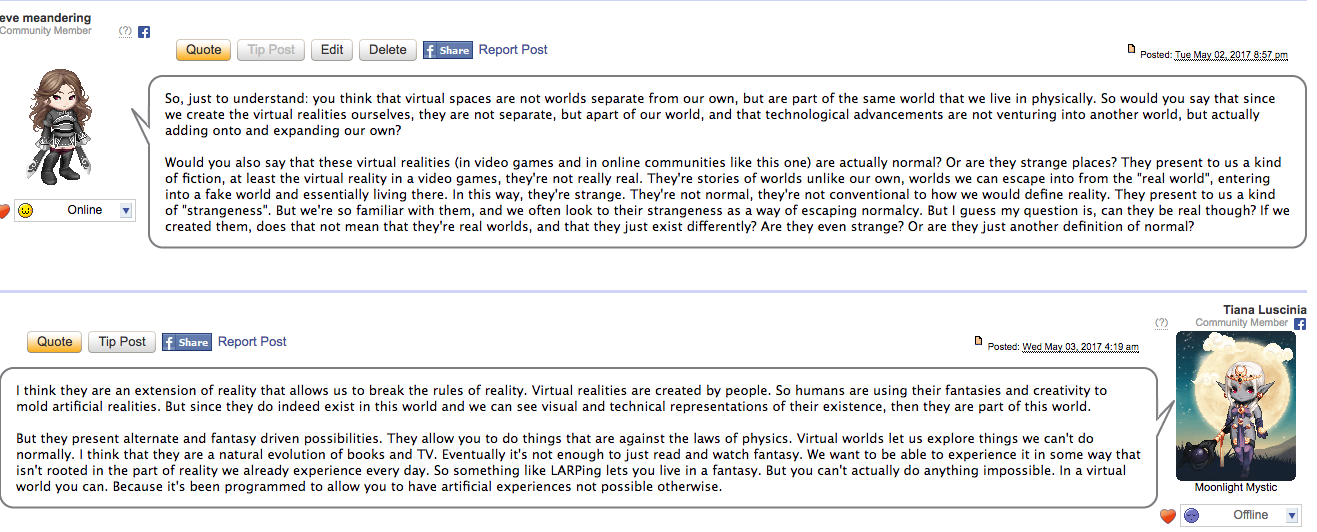
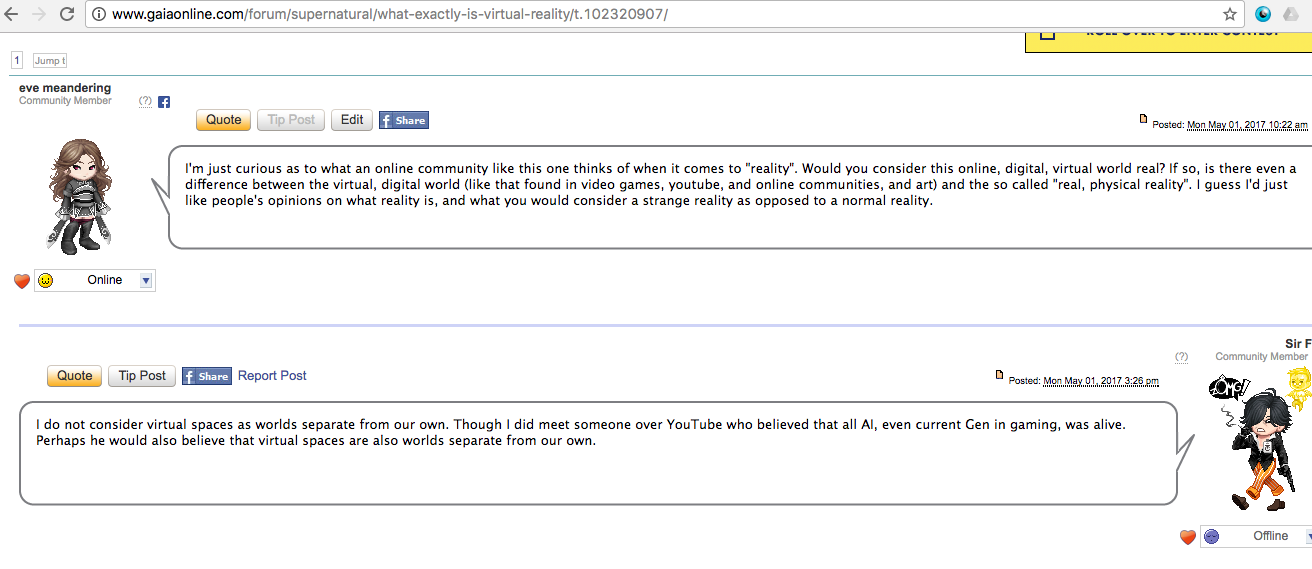


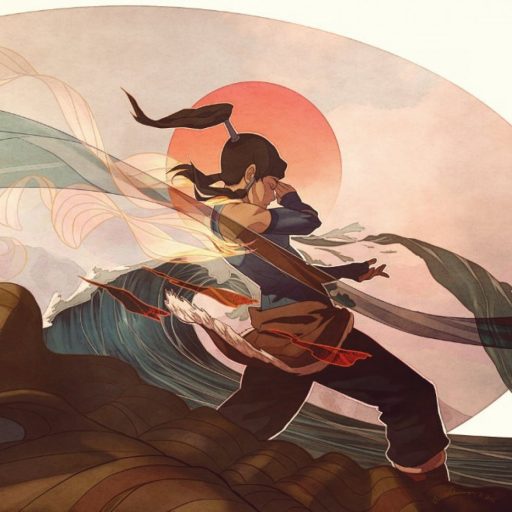
 This project reminded me that just because my undergrad is technically done and over with, I will still carry it with me: the important and personal conversations, the streams of consciousness that have taken shape in the form of final papers, the eureka moments that happened more so outside of class than in, and possibly most importantly: the people. There are no due dates, there are certainly expiration dates, but nothing is complete. I will carry what I’ve learned with me in undergrad into the next season, knowing that there is always more to learn, always more classes to take, always more people to engage in conversation with. There is no finality, just a myriad of more possibilities.
This project reminded me that just because my undergrad is technically done and over with, I will still carry it with me: the important and personal conversations, the streams of consciousness that have taken shape in the form of final papers, the eureka moments that happened more so outside of class than in, and possibly most importantly: the people. There are no due dates, there are certainly expiration dates, but nothing is complete. I will carry what I’ve learned with me in undergrad into the next season, knowing that there is always more to learn, always more classes to take, always more people to engage in conversation with. There is no finality, just a myriad of more possibilities.